Just 20 kilometers off the Gargano coast in Puglia sits a hidden gem that instantly captured my heart—the Tremiti Islands. This tiny archipelago, often called the “pearls of the Adriatic,” includes five islands wrapped in crystal-clear waters and steeped in spiritual history.
The Tremiti Islands stand out as one of Italy’s most fascinating sacred sites, where ancient monasteries meet wild natural beauty, creating a unique cultural landscape you just won’t find anywhere else in Puglia.
When I first set foot on these islands, I immediately noticed their double character. On one hand, they’re a paradise of untouched nature—think dramatic cliffs and sandy coves. On the other hand, they’re a sanctuary with centuries-old religious heritage.
Because the archipelago sits apart from the mainland, it became a perfect hideaway for monastic communities who craved solitude. As I wandered, I realized that their spiritual significance goes way back, and the old religious buildings still stand as proof.
Walking the monastery islands, I found myself torn: should I gaze at the turquoise sea or explore the ancient religious sites? The islands’ position, about 22 km from mainland Italy, shaped them into both a natural escape and a spiritual retreat.
If you’re after natural beauty and a real sense of history, the Tremiti Islands offer a rare window into Puglia’s sacred past.
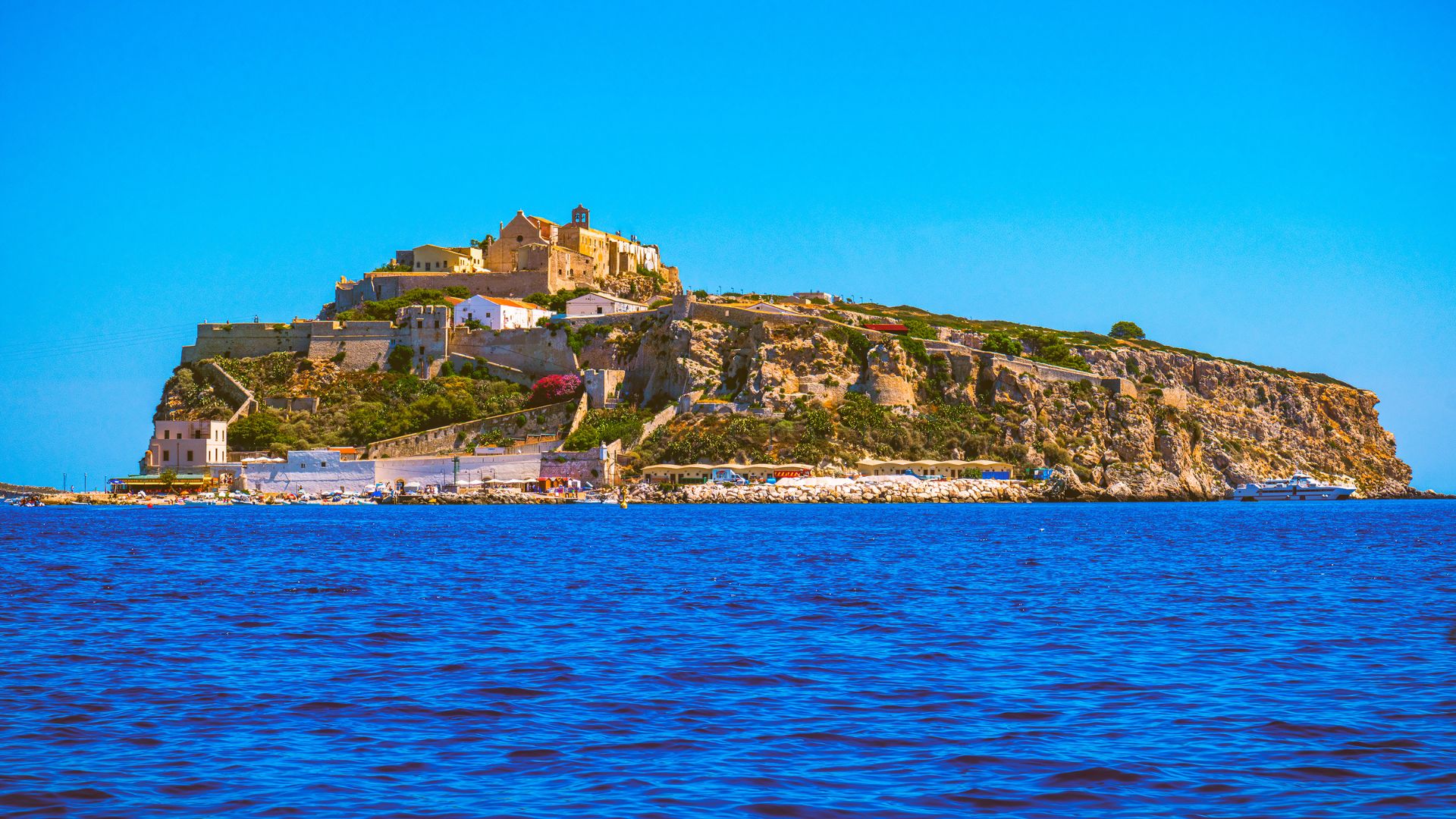
Spiritual Significance of the Monastery Islands
The Tremiti Islands carry a spiritual heritage that stretches back nearly a thousand years. These little islands off Puglia’s coast became a major center for monastic life and spiritual retreat—a feeling that still lingers for visitors.
Origins of Monastic Life on the Tremiti Islands
The spiritual story here kicked off in the 11th century, when Benedictine monks from Montecassino landed on San Nicola Island. They wanted to get away from the bustle of the mainland and create a place focused on prayer and contemplation.
I found it fascinating that those early monks deliberately picked this remote spot because of its tough location. The pounding waves and endless horizon created a setting perfect for spiritual reflection.
The monks built their first buildings on San Nicola’s highest point, establishing a presence that lasted for centuries. Over time, different religious orders lived on the islands, each adding their thread to the spiritual tapestry.
Even now, as I walk these paths, I can sense the energy that drew those seekers here so long ago.
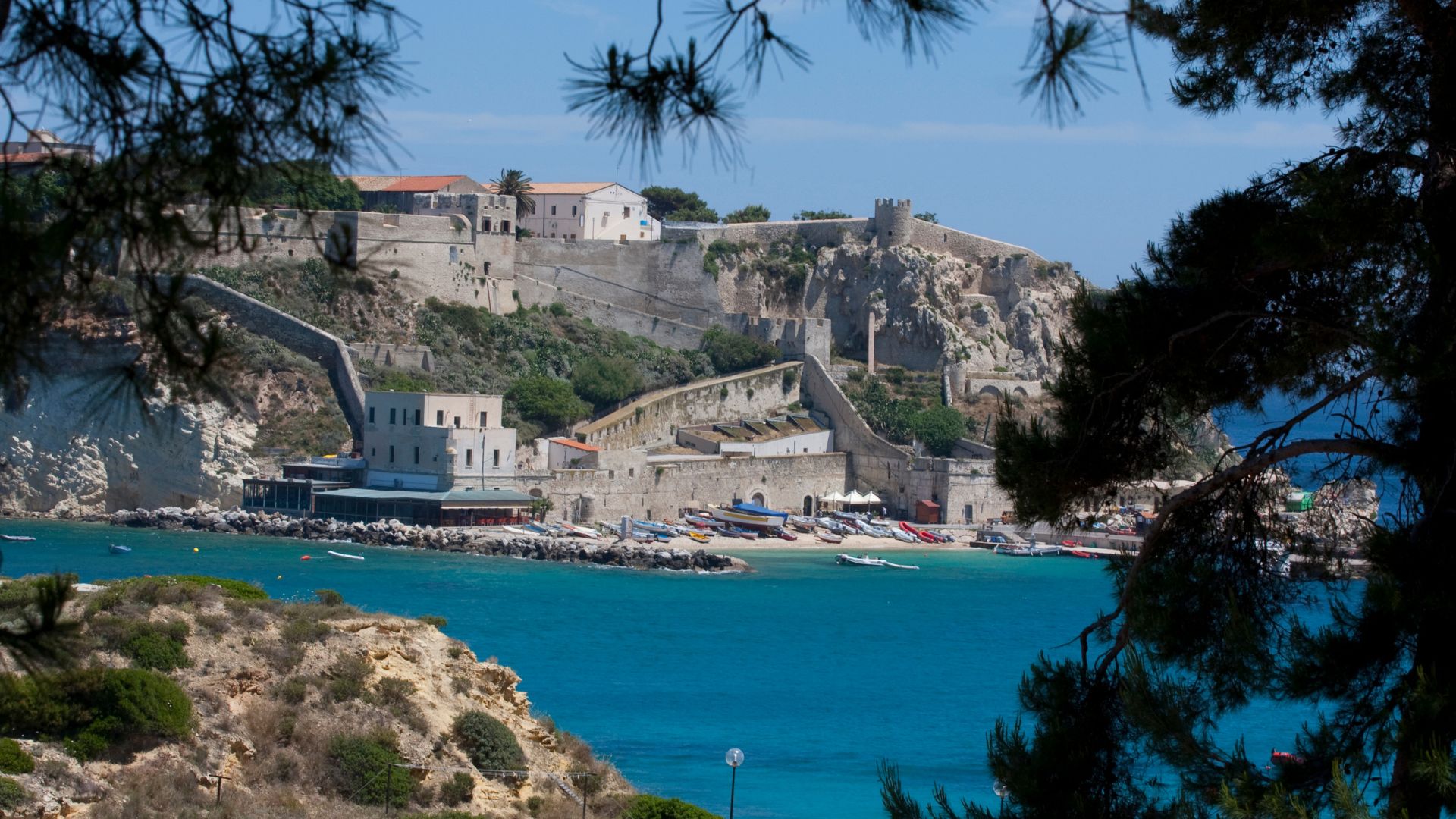
Major Religious Sites and Their Stories
San Nicola Island’s medieval abbey, Santa Maria a Mare, absolutely dominates the landscape. Built by the Benedictines, the abbey is both a historical monument and a place that radiates calm.
Inside, I found detailed carvings and religious artwork that speak of faith and devotion. The stone walls have soaked up centuries of prayers.
The monastery complex includes:
- The Church of Santa Maria a Mare – the main spiritual hub
- Monks’ Quarters – simple rooms where the brothers lived
- Prayer Gardens – peaceful spots for meditation
These sacred spaces create an atmosphere that moves even the most secular visitors. I’ve watched tourists fall silent as they step inside, clearly touched.

Pilgrimage Traditions and Sacred Rituals
For centuries, pilgrims have crossed the Adriatic to reach the Tremiti Islands in search of spiritual renewal. The journey itself—crossing the sea to these remote islands—became part of the experience.
Annual festivals still celebrate important dates, especially those honoring the Virgin Mary and Saint Nicholas, the patron saint. Local fishermen keep up traditions that mix Catholic rituals and maritime customs.
During my visit, I joined a small procession carrying a Madonna statue along the narrow paths. The songs they sang felt ancient.
Modern travelers often create their pilgrimages. I met people who came just to meditate in the same spots where monks once prayed, soaking up the peace.
Puglia’s spiritual roots still run deep here, where faith and nature keep up their age-old conversation.
Exploring the Monasteries of the Tremiti Islands
The monasteries on the Tremiti Islands hold an incredible spiritual legacy that’s lasted for centuries. These monuments shaped the islands’ culture and still attract visitors looking for history or a quiet place to reflect.
San Nicola Monastery: Architectural Marvels
The Abbey of Santa Maria a Mare on San Nicola Island is the heart of Tremiti’s religious heritage. I couldn’t help but be impressed by its thick stone walls rising right out of the rocky coast.
Built in the 9th century, the monastery shows off Romanesque architecture and later Gothic touches. What really got me was how the monastery sits at the island’s highest point, serving as both a fortress and a spiritual beacon for sailors.
Inside, the main church features sweeping arched colonnades and a bell tower with jaw-dropping views of the Adriatic. According to local legend, the Virgin Mary once appeared to a hermit here in the fourth century, making the spot extra special.
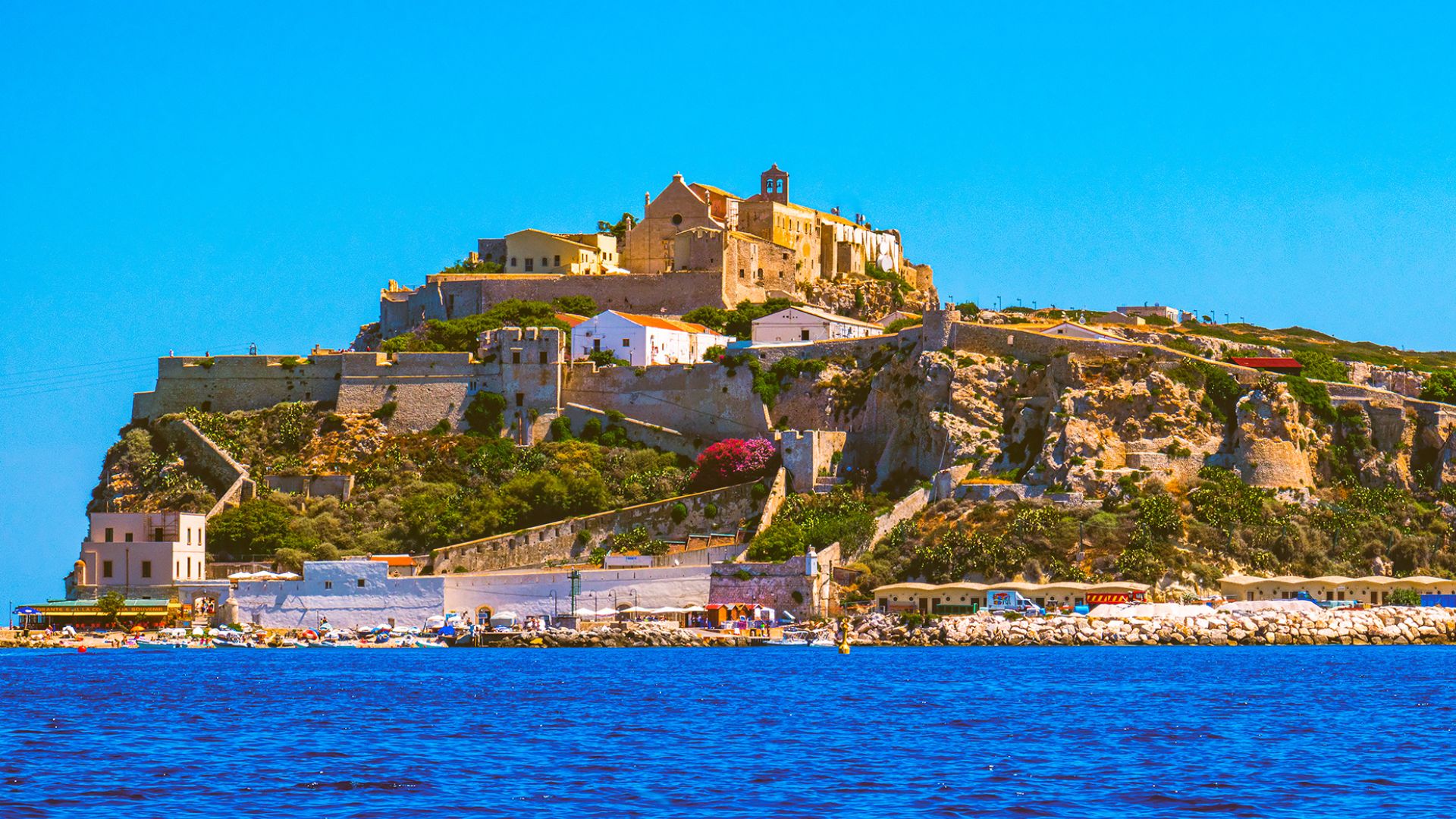
Art and Relics Within the Cloisters
Inside the cloisters, I stumbled upon a real treasure trove of religious art. The monastery preserves beautiful frescoes showing biblical scenes and saints’ lives, some dating to the 13th century.
The most precious relic is a wooden crucifix believed by many to be miraculous. Pilgrims from San Giovanni Rotondo make special trips just to see it.
The monastery museum displays:
- Ancient manuscripts and texts
- Byzantine icons
- Ceremonial vestments
- Archaeological finds from the island
I lost track of time studying the stone carvings on the columns. Each one tells a story, blending Christian imagery with local maritime symbols.
Preservation and Restoration Efforts
Lately, restoration teams have worked hard to save these historic buildings. The local government teamed up with UNESCO to develop conservation plans, though the monastery hasn’t made the official World Heritage list yet.
I watched conservators gently clean centuries of salt from the stone. Their careful work helps keep these spiritual treasures safe for the future.
The harsh sea air and growing tourism make preservation tricky. Balancing access and protection is always a challenge.
Volunteer programs let visitors help out during the summer. I joined one, clearing invasive plants from the grounds—a surprisingly satisfying way to give back.
Cultural and Natural Heritage of Puglia’s Tremiti
The Tremiti Islands combine wild natural beauty with deep cultural roots, making them a standout destination just 20 km from Gargano’s northern coast. These “pearls of the Adriatic” offer more than pretty beaches; they’re packed with history and biodiversity.
Biodiversity and Marine Life Around the Monastery Islands
Walking the coastline, I couldn’t get over the crystal-clear waters around the islands. They’re home to a dazzling variety of marine life, so snorkelers and divers are in for a treat.
The protected marine reserve has kept the coral and seagrass meadows healthy, giving shelter to Mediterranean fish. On my dive, I saw groupers, sea bream, and even caught a glimpse of a dolphin out in the blue.
The contrast between the rocky cliffs above and the underwater caves below is striking. The Posidonia oceanica meadows thrive here, acting as both carbon sinks and nurseries for young fish.
Bird lovers will enjoy spotting seabird colonies on the cliffs, including some rare species that pass through in spring and fall.
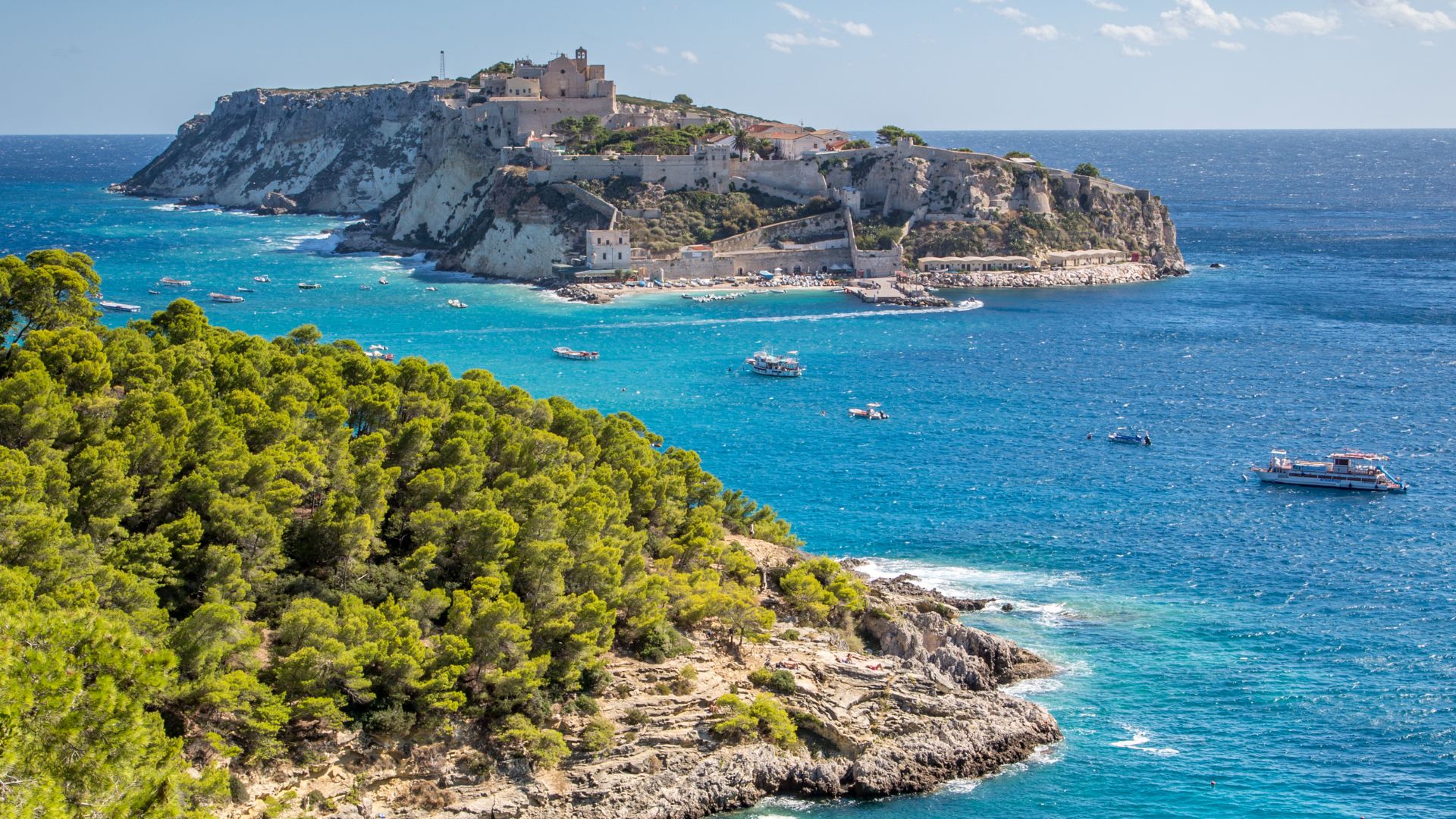
Connections to Gargano National Park
The Tremiti Islands connect ecologically with Gargano National Park, forming a special bioregion that bridges land and sea. Local guides explained to me how animals and plants move between these protected areas.
Geologically, the islands are an extension of the Gargano promontory, split off by rising sea levels ages ago. That’s why you’ll see similar plants in both places.
Gargano National Park’s coastal towns act as gateways to the islands, with boats leaving regularly from Rodi Garganico and Peschici. Lots of visitors pair their Tremiti trip with hikes in the ancient Foresta Umbra.
Conservation groups work together to protect endangered species found in both the park and the islands. This whole area ranks among Italy’s most diverse.
Influences from Ancient Civilizations
As I wandered the islands, I spotted traces of many cultures that left their mark here. Ancient Greek artifacts hint that the islands might connect to the myth of Diomede, a hero from the Trojan War.
The National Archaeological Museum holds collections from all eras—Roman ceramics, medieval religious objects, and more. I was especially intrigued by the remains of an old acropolis on San Nicola.
Byzantine influences show up in the architecture and in religious customs still alive today. The way the monastery was built borrows techniques from the Eastern Mediterranean.
I learned that the islands acted as a strategic outpost for various naval powers over the centuries. Each group left its stamp on local food, buildings, and traditions, blending into the unique mix you find on Tremiti.
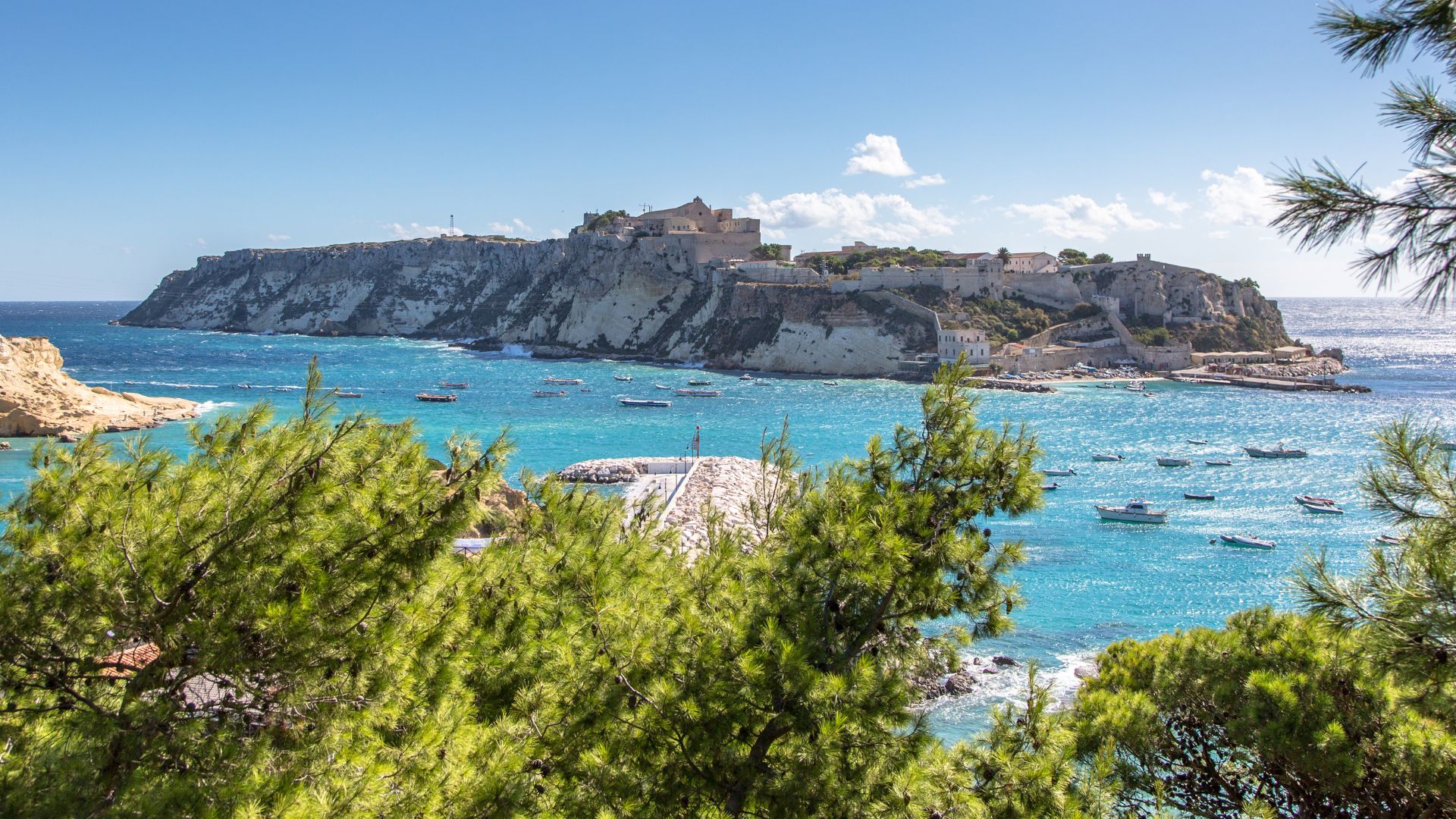
Visiting the Monastery Islands: A Practical Traveler’s Guide
If you’re planning a trip to the Tremiti Islands, a little prep goes a long way. The archipelago gives you a rare mix of natural beauty and deep history.
Getting There: Boat Tours and Travel Logistics
Getting to the Tremiti Islands turned out to be easier than I expected. Ferries leave regularly from several Adriatic ports. The most convenient spots are Termoli, Vieste, and Peschici in Puglia.
If you’re coming from Rome, you’ll need to get to Foggia first (about three hours by train), then take a bus to the coast. In summer (April to October), the ferries run more often, with several departures each day.
My favorite way to go was by boat tour from Peschici. These tours usually cost €40-60 per person and include guided trips into sea caves and hidden coves.
Tip: Buy your ferry tickets early in peak season (July-August)—they sell out fast!
Where to Stay: Puglia, Foggia, and Beyond
I’ve tried both staying on the islands and using the mainland as a base. Both options have their perks.
On the islands:
- San Domino has the most places to stay
- Small, friendly hotels and B&Bs (but not many)
- Expect to pay €80-150 per night
- Book at least three months ahead for summer
Mainland options:
- Vieste and Peschici in Gargano (Foggia province) are great bases
- More restaurants and hotels, often at better prices
- Easy day trips to the islands (45-60 minutes by ferry)
Staying on the mainland means more amenities. The islands offer peace and early access to the monasteries before the crowds arrive.
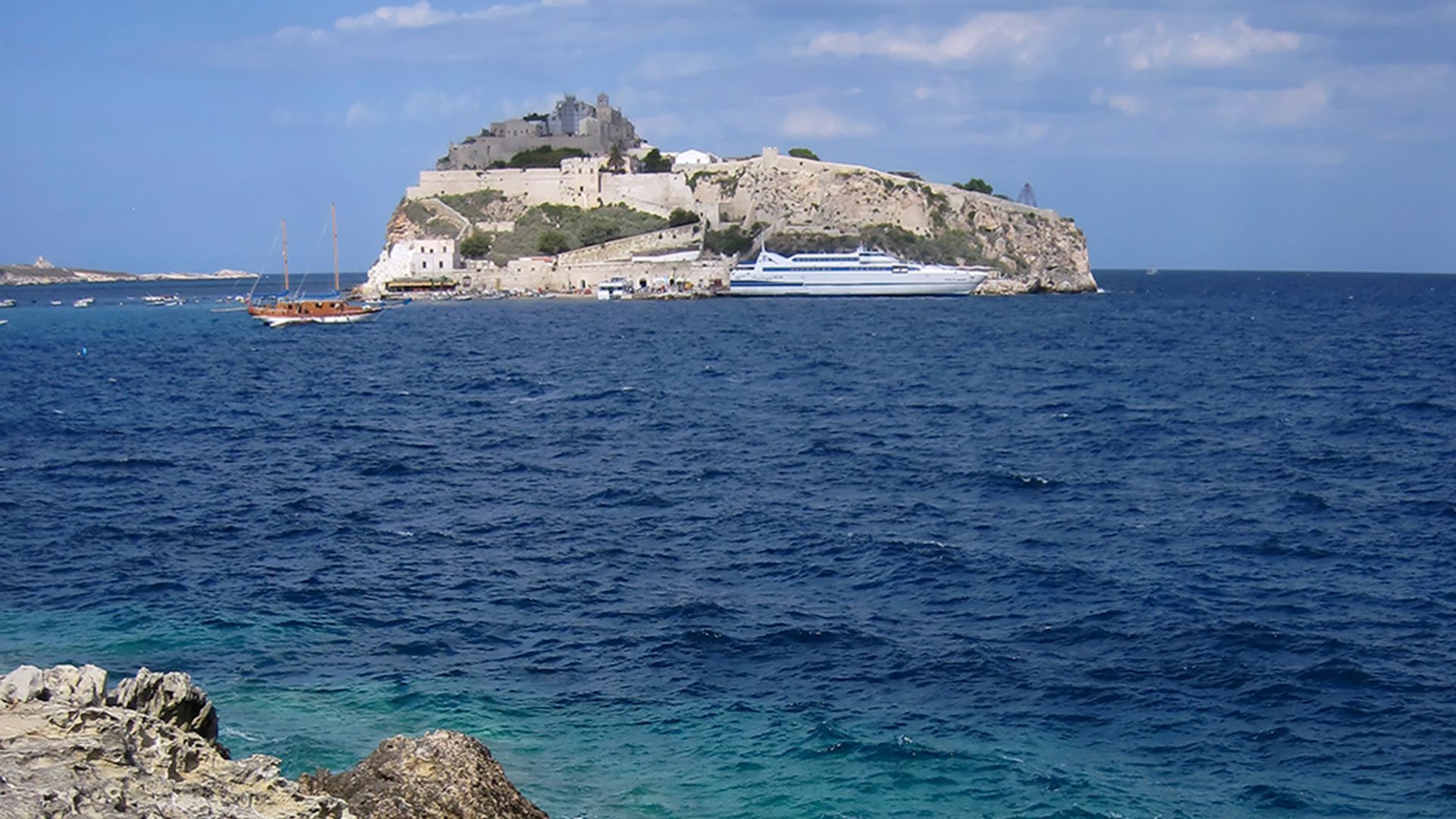
Essential Tips for a Meaningful Visit
Give yourself at least two days to take in the monastery islands. San Nicola holds the main abbey, and you’ll want good walking shoes for the climb.
Pack these basics:
- Swimwear and a towel for those irresistible swimming spots
- Water shoes for the rocky beaches
- Sunblock (there’s not much shade)
- Cash (ATMs are scarce)
The islands have stayed mostly wild and free from mass tourism. That’s part of their magic, but it also means facilities are simple.
Visit the Abbey of Santa Maria a Mare early or late in the day to dodge the crowds. The entrance fee is just €5 or so, and you get access to history and amazing views.
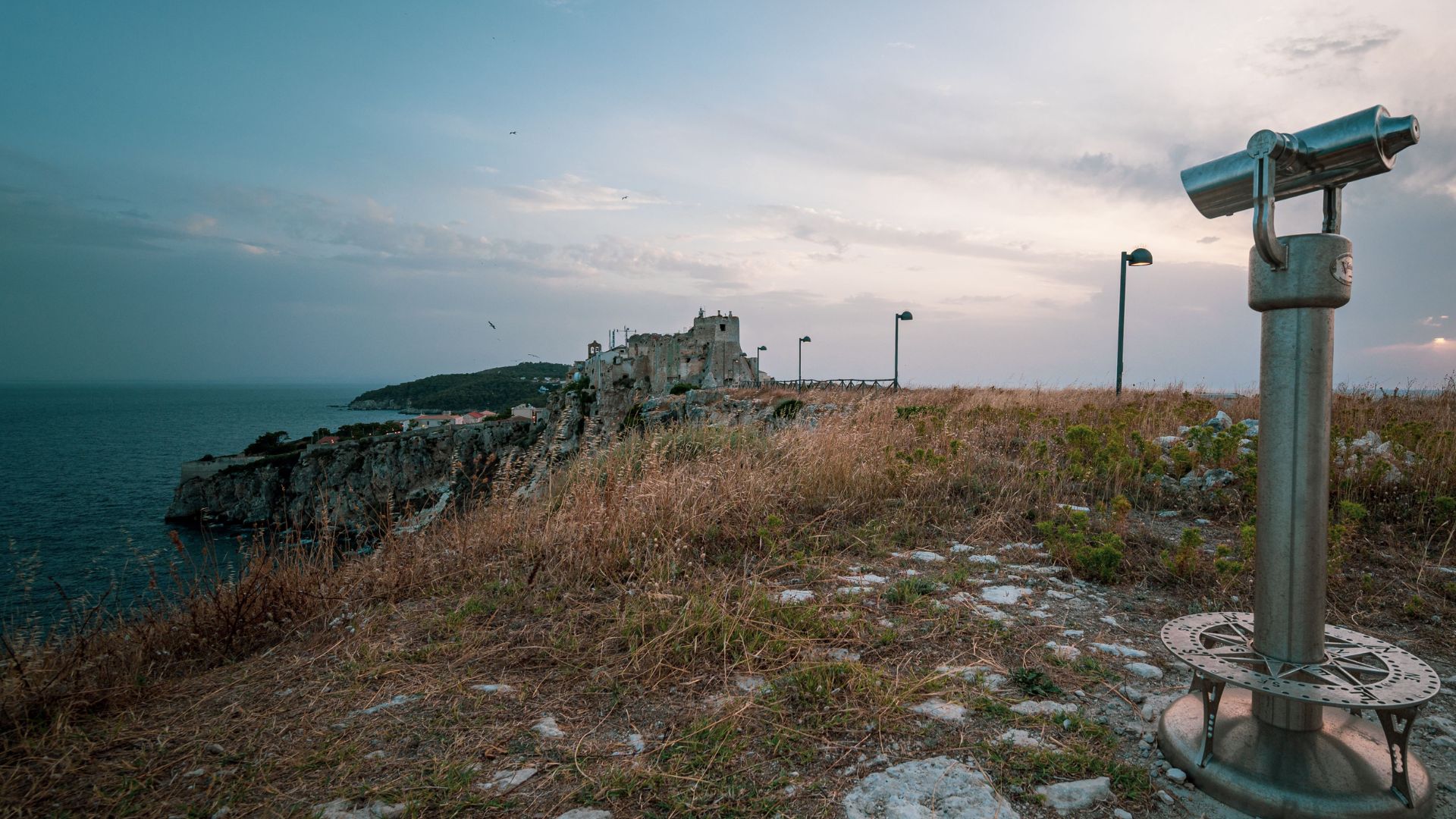
Broader Connections and Influences
The Tremiti Islands’ spiritual legacy reaches far beyond their shores. They’re an important link in a wider network of Mediterranean monasticism and still attract spiritual seekers from all over the world.
Ties to Other Italian Regions
I’ve stumbled on some pretty fascinating connections between the Tremiti monasteries and other religious centers in Italy. The Benedictine monks who settled on San Nicola kept up strong ties with monasteries in Lombardy, especially near Lake Maggiore.
These relationships sparked cultural exchanges and left their mark on architecture. I can’t help but notice the distinctive stonework at the Abbazia di Santa Maria a Mare—it reminds me a lot of what I saw in the Murge plateau region of Puglia.
On my trips to both places, I realized how those limestone techniques must have traveled between the coast and inland towns. It’s pretty wild how those details connect places that seem so different.
The island’s archives hold manuscripts showing correspondence with religious communities as far north as Venice, and even as far south as Sicily. These links built a spiritual network that kept knowledge and traditions alive, even during centuries of political chaos.
Impact on Modern Spiritual Tourism
These days, the Tremiti archipelago draws people who are after both natural beauty and a bit of spiritual reflection. I’ve seen more and more visitors show up over the last ten years, and many seem especially interested in the islands’ religious past.
On San Domino, spiritual retreats now offer meditation sessions and religious study programs rooted in the old monastic traditions. Folks come from all over Europe—and sometimes even farther—to join in.
Popular Spiritual Tourism Activities:
- Guided meditation walks along ancient monastery paths
- Religious art workshops inspired by island manuscripts
- Silent retreats in restored monastic cells
- Participation in traditional religious celebrations
Local guides have started running tours focused on the islands’ religious history. It’s given residents new job opportunities and helped keep that cultural knowledge alive.
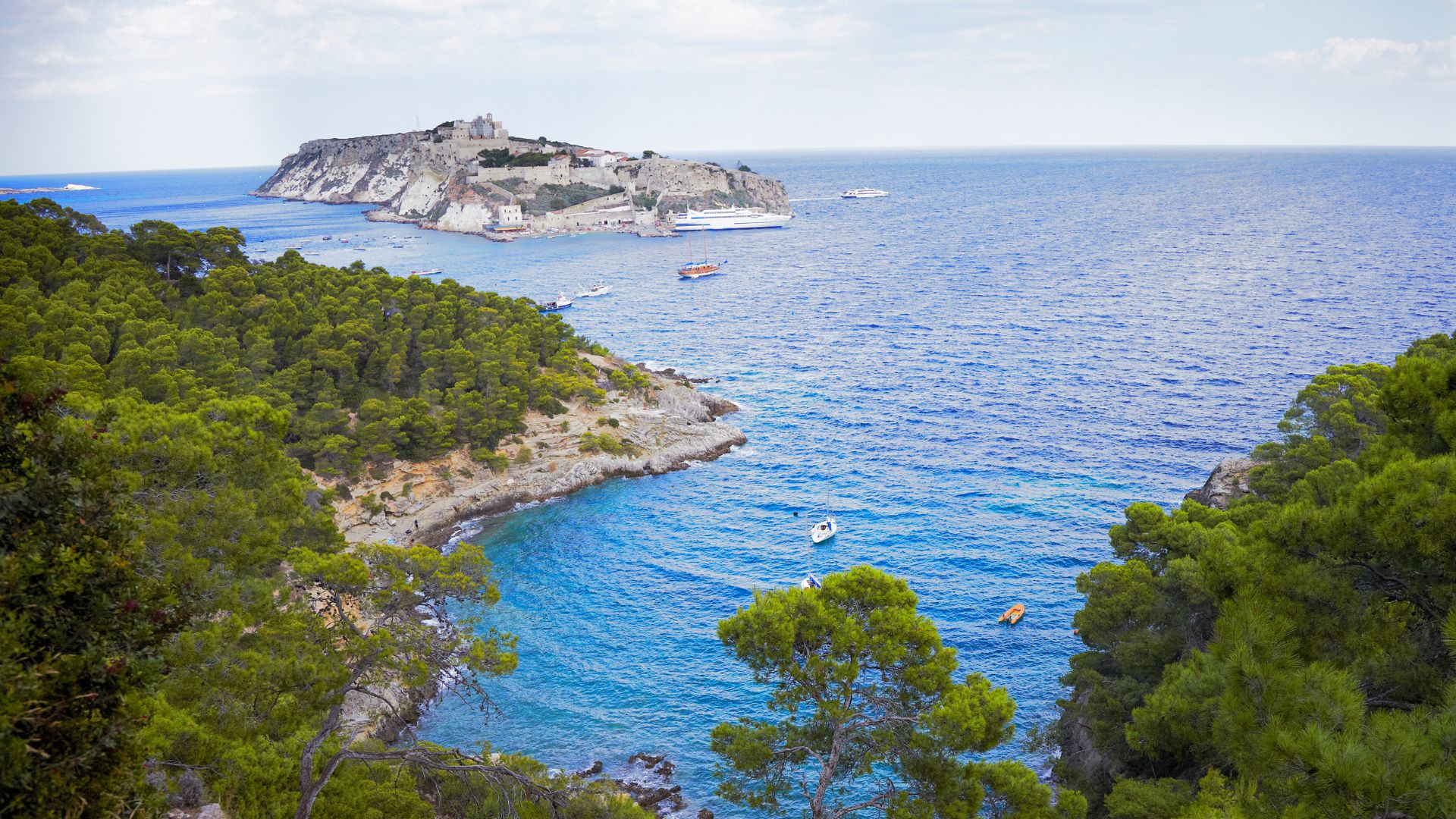
Recognition by UNESCO and Cultural Institutions
The Tremiti Islands haven’t landed a UNESCO World Heritage designation yet, but cultural preservation groups have started to pay close attention. I’ve actually joined documentation projects that Italy’s Ministry of Cultural Heritage organized, and they’ve put funds into restoring several important religious buildings.
The European Route of Monastic Heritage now features the Tremiti Islands on its suggested itinerary. That puts them in the company of well-known religious spots like Mont Saint-Michel and Meteora.
Lately, academic interest has picked up. Universities from Rome and Milan have sent teams to dig into the earliest monastery sites. These studies turned up some unexpected links to old Byzantine religious customs.
Digital preservation teams have scanned and shared the islands’ religious manuscripts, so scholars everywhere can access them. That should help keep this knowledge alive for a long time.

